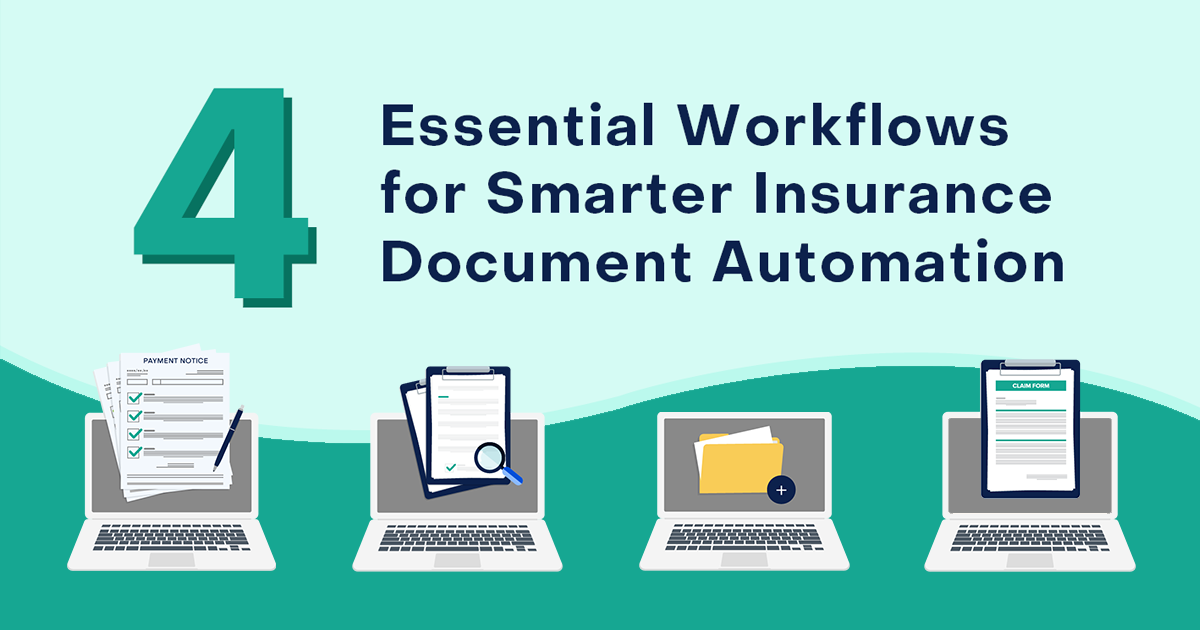Although the world is full of graphics programs, not everyone has the skill set of a designer. Even templates – pre-made forms you just drop information into – can be squirrely and annoying to end-users, despite the fact they are supposed to be easy and efficient. Some documents seem to have a life of their own, and make you wonder, “who designed this?!”
When designing your templates, keep in mind a few tricks of the trade to give your end-users fun and functional templates. Select a format most people have seen before. Experlogix Document Automation templates are useful because they are Word .docx documents, which most people are very familiar with. You can include other content such as graphics and tables, insert data fields from external data sources, and basically leverage all of Word’s formatting features.
Read on for some simple but useful tips to keep in mind when designing new templates:
1. Know Your Audience
This is the first rule of thumb in any communications. Templates are an important tool in customer communications management (CCM). They help improve customer engagement by providing a document workflow that makes sense and integrating automated information such as customer data in order to personalize the communication. The industry you are working in (i.e. financial services, government, insurance, or small to medium business) will also have an impact on your template needs.
2. Designing with Modular Building Blocks for Scalability
Templates should be modular, allowing you to design in smaller/logical size packets, as appropriate, and add on as more information, or complexity, is required. Starting small and adding on as needed helps to avoid overwhelming end-users with a monster template to maintain that might not look very appealing (and might not get used).
3. Maximize Template Potential with Integration Features
The easiest way to add document assembly capabilities to your internal systems like Microsoft Dynamics is to integrate the Experlogix Document Automation template within your solution. Experlogix Document Automation offers a configurable solution that can provide document output functionality leveraging the information in your systems or within a workflow in a single click of a button. You can configure an Experlogix Document Automation template to connect to your applications and make data available to template execution. This feature can embed repetitive data and pertinent customer information into your templates, saving time and adding customization features.
4. Enhancing Templates with Design and Layout Variations
Templates can be built to include variations. This means you can offer end-users design or layout options and style choices, while sustaining the core functionality and the code base. For example, imagine a user entering information that can be leveraged into different template layouts. By offering end-users a choice, you are giving them an opportunity to tweak the look or content for their customers’ benefit.
5. Essential Design Housekeeping Tips
Use your developer’s instinct to future-proof your design. Make your template easy to maintain and simplify updates. Also, to protect work in progress, be sure to compile, preview and backup documents under development. No one likes to perform tasks twice!
With these tips and tricks, you’ll be on your way to creating templates that are appealing, fun to use, and incorporate customer data. The long-term payoff is end-user reuse and the ability to generate a workflow that enhances customer satisfaction and retention.







